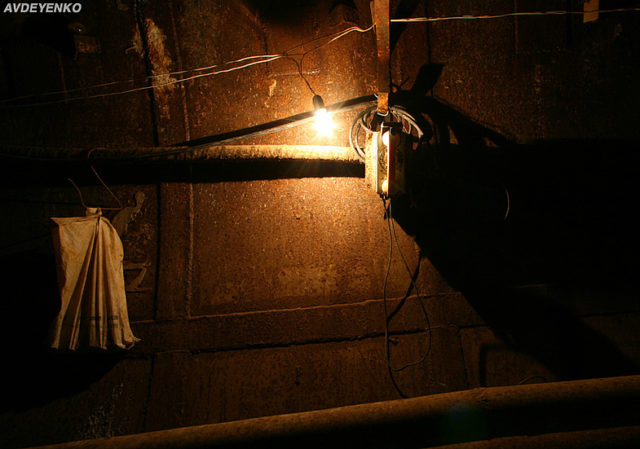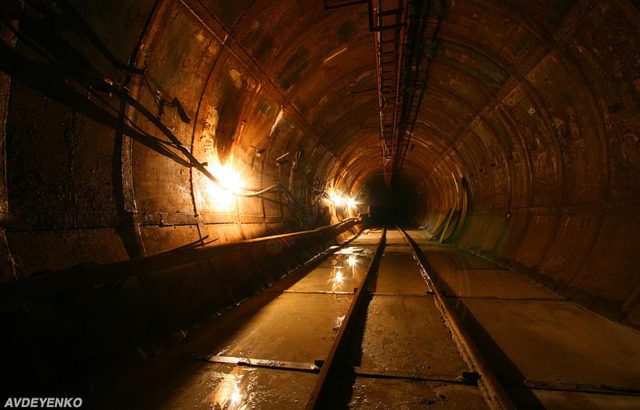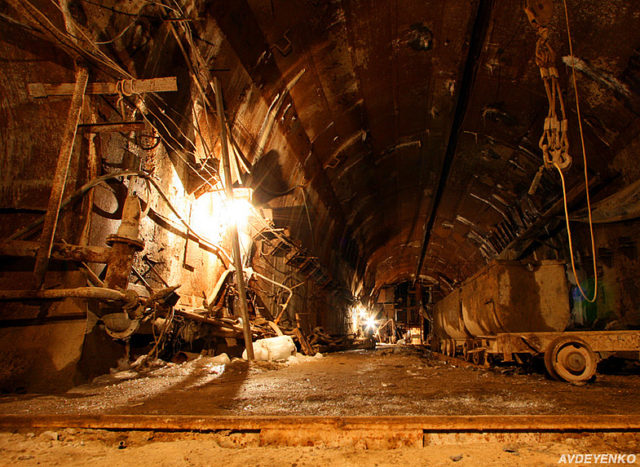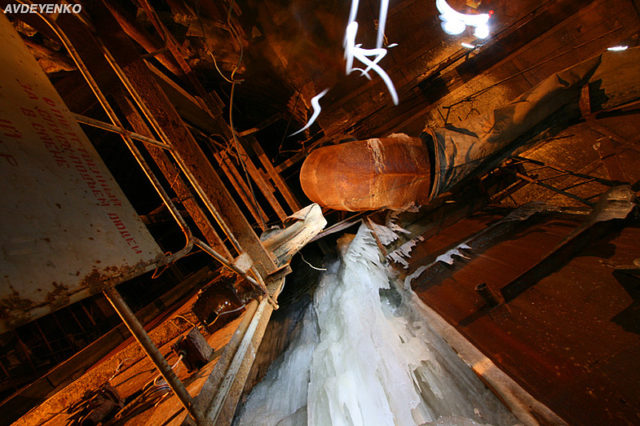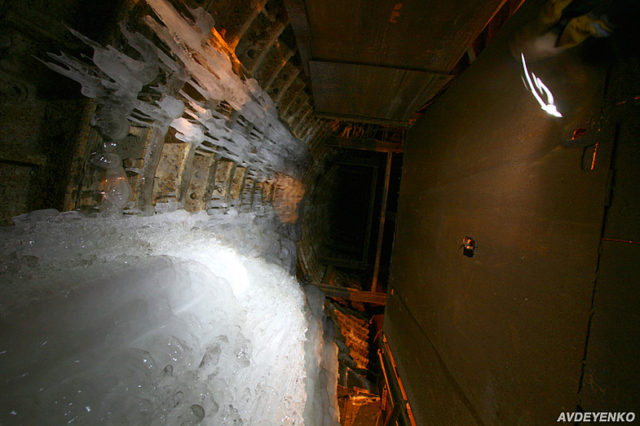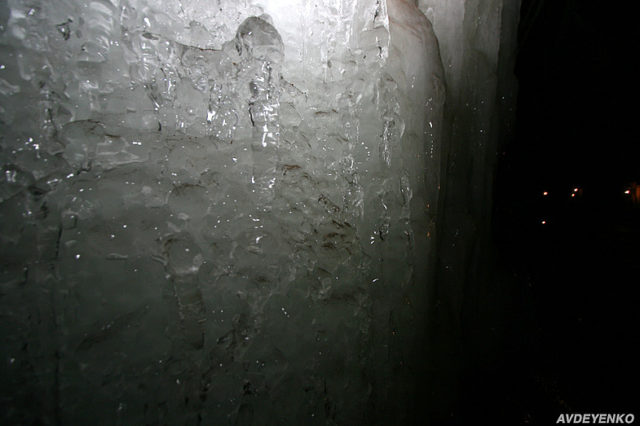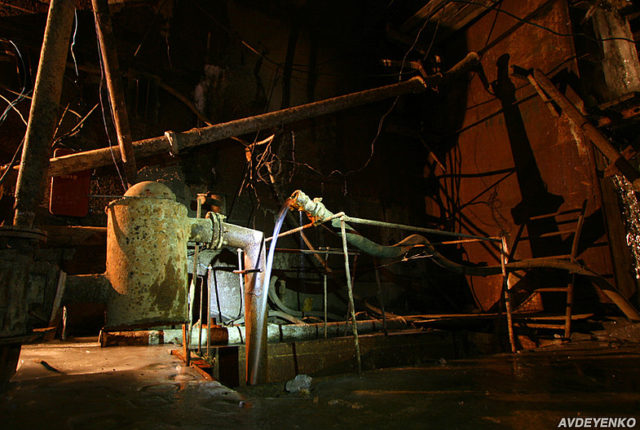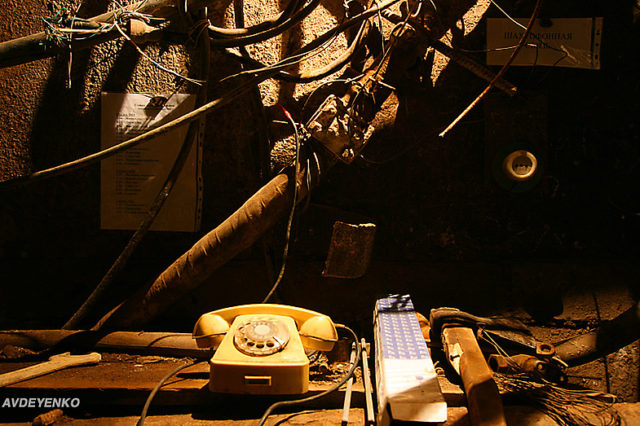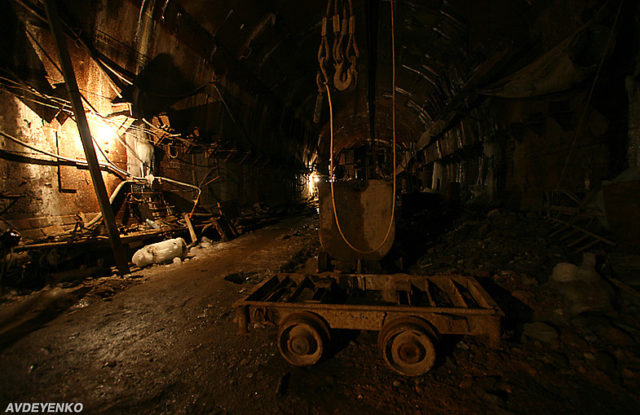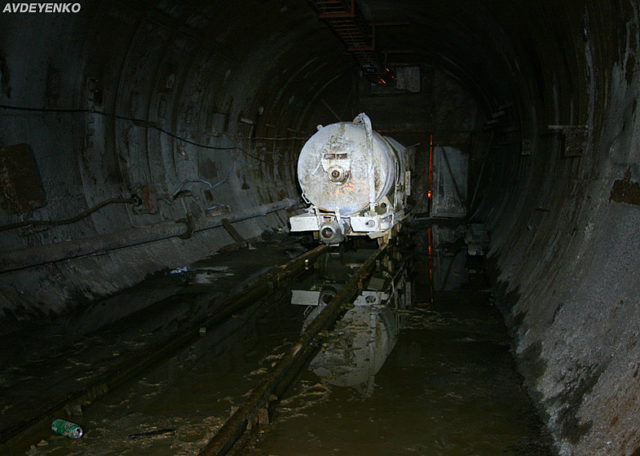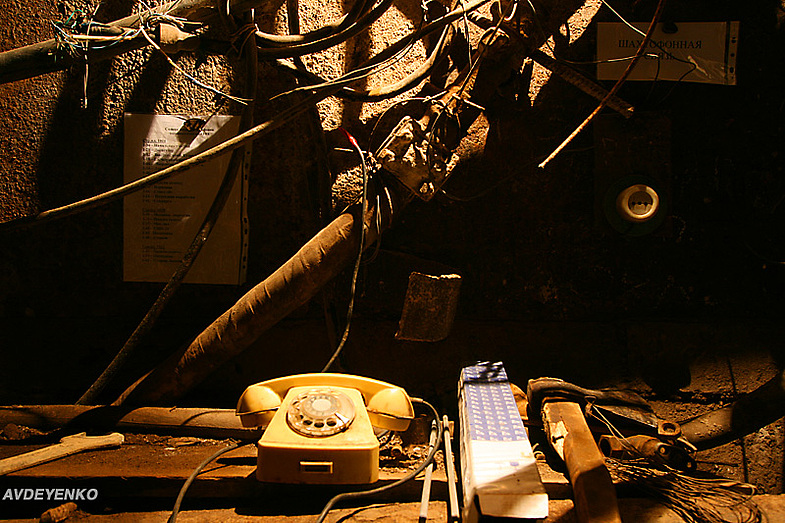In the 1980s, the Soviets wanted to build a hadron collider that would become the largest particle accelerator in the world. The ambitious project could well have lead to ground-breaking discoveries in the field of particle physics, but, because of the collapse of the USSR, it was never completed.
What is a hadron collider? It is a type of particle accelerator that uses electromagnetic fields to accelerate and collide hadrons — subatomic particles made up of quarks — inside a circular ring. The data obtained allows predictions of different theories in particle and high-energy physics to be tested.
The unfinished collider is now commonly known as “Uskoritel,” which translates from Russian as “accelerator.” It is located in Protvino, a small town about 60 miles away from Moscow, built specifically for nuclear physicists and their research. The project was based at the Institute for High Energy Physics (IHEP). Construction began in 1983.
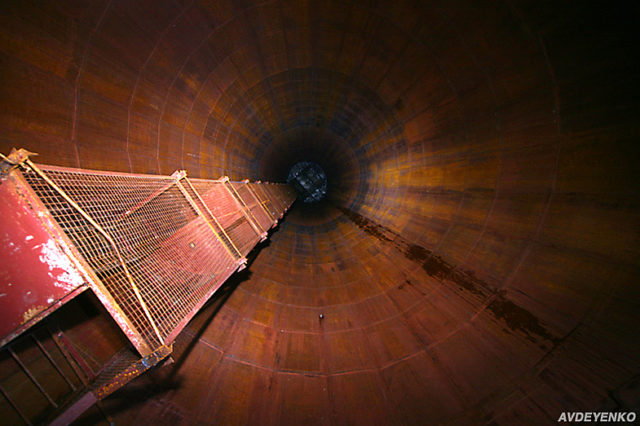
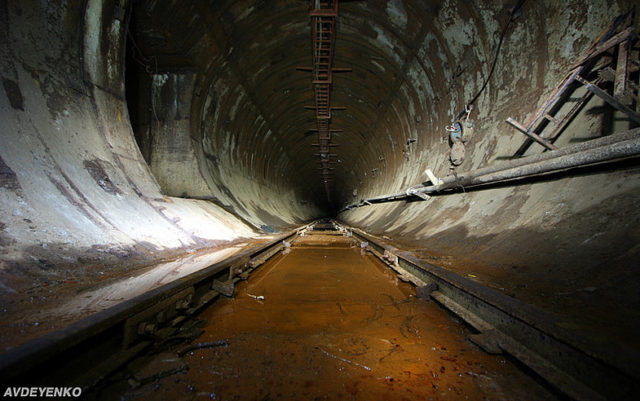
The hadron collider was built 130-200 feet underground. The accelerator ring is 13 miles in circumference – a similar size to the famous Large Hadron Collider (LHC), which is 17 miles long.
The projected energy of a particle beam was to be 3 trillion electronvolts. To put this into perspective, when the LHC started operating, the average energy of particle beams was 3.5 to 4 trillion electronvolts, and in 2015, after an upgrade, it broke its own world record when two particle beams reached 6.5 trillion electronvolts each.
It was intended for the hadron collider to use synchrotron U-70, an already existing facility at IHEP, for the first stage of accelerating particles.
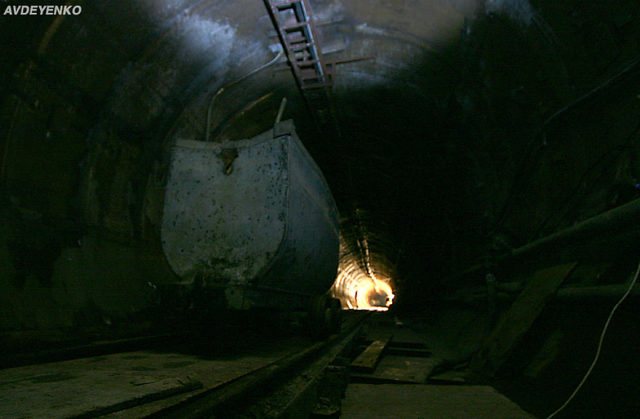
The collider was very nearly finished in 1991, when the USSR collapsed, but was never completed due to the lack of funding that followed. The 1998 Russian financial crisis was the final nail in the coffin, squashing all hopes that the collider would ever be completed.
Over the years, many suggestions to re-purpose the massive underground complex have been proposed. These included transforming the structure into a superconductive inductive storage system to store energy, or even a mushroom farm. But to no avail.
Access to the facility is forbidden without official permission. The area is guarded by armed men with service dogs. The unfinished structure is being maintained, with ventilation, electric lighting and drainage systems still working, since if it were left unsupervised an ecological catastrophe could follow.
Thank you to Dmitry Avdeyenko for the photos! See more of his work here: Avdeyenko
